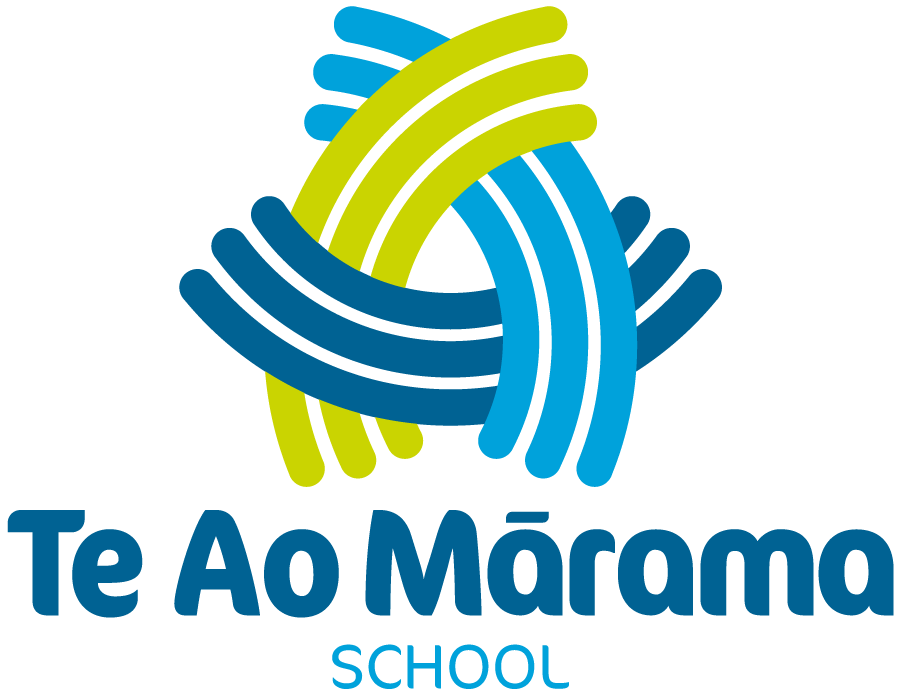Bilingual Māori Immersion

We proudly offer a bilingual programme at Te Ao Mārama:
Te Puāwaitanga o te Rito.
What is our aim?
Kia tū pakari ngā tauira i roto i te reo Māori me ōna tikanga. To use te reo Māori and tikanga with confidence and pride at school, at home with whānau and in the community.
At Te Ao Mārama, we nurture tamariki to be confident, creative, collaborative, curious, and community-minded. Our unique programmes include bilingual Māori Medium education, focusing on strengthening Māori language skills and revitalising Te Reo Māori.
Kia tū pakari ngā tauira i ngā ao e rua, te ao Māori me te ao Pākeha. To stand confidently as a learner in both worlds of bicultural Aotearoa.
We aim for tamariki to thrive in both the Māori and English worlds, with strong cultural identity and self-esteem. By embracing Te Reo, tikanga, and Te Ao Māori, we help tamariki and whānau stand proud in who they are, both individually and as part of the community.

What does the Bilingual Māori Immersion programme look like?
Our Bilingual Māori immersion class integrates Te Reo Māori and English in a balanced way, with a focus on developing proficiency in both languages.
Our programme follows the New Zealand Curriculum (NZC) while incorporating Māori language, tikanga Māori, Te Ao Māori, culture, and history.
We believe children need strong skills in both languages to succeed in future education and careers. We focus on building oral skills in Te Reo Māori while strengthening literacy and numeracy in their first language (English). The research shows that the learning of a 2nd language supports students to become more competent in both languages.
Other features of the programme
- Strong Values based approach - Manaakitanga/ Whanaungatanga/ Kaitiakitanga/ Ako
- Kapa haka, Māori arts, and traditional storytelling.
- A sound knowledge of the heritage of Aotearoa, and the significance of our local area
- Stronger ties with local iwi and marae, including events e.g. Koroneihana
- Kaupapa (study themes) connecting to a Te Ao Māori context and world view.
- Smaller Class Size which allows more personalised support and attention to each student.
- Classes are led by kaiako and specialist kāiarahi i te reo who are fluent in te reo Māori and trained in bilingual education, ensuring high-quality teaching and culturally responsive pedagogy.
- Tuakana-teina learning and collaborative teaching
- Māori medium pathways to Year 7 and beyond at our local schools
How does the class work?
Students will be in a whānau group with a bilingual kaiako, but also still part of a larger learning community with English medium classes.
Our bilingual programme values strong relationships between students, whānau, and their kaiako, while also building connections with other teachers.
In our collaborative setting, other teachers may teach your child English medium subjects, allowing us to use their strengths for the benefit of all learners.

Why Choose Bilingual Education? What does the research say?
Some key points that informed our thinking:
Academic success: Research shows that biliteracy (the ability to read, write, and think in two languages) gives students in Māori-medium education an advantage over those in English-medium. Learning Te Reo Māori improves students' success in both Māori and English, as the skills transfer between the two. This "additive" approach, where students learn a second language without replacing the first, is highly effective. Biliterate ākonga often perform better academically and, importantly, know two languages instead of just one.
Cultural Identity: Through learning te reo Māori, students gain a deeper understanding and appreciation of Māori culture, traditions, and values. This knowledge enhances their sense of identity and belonging.
Cognitive Benefits: Research shows that bilingualism enhances cognitive flexibility, problem-solving skills, creativity and critical thinking. Students in bilingual settings often demonstrate improved academic performance across subjects.
Future Opportunities: Bilingualism opens doors to future educational and career opportunities, particularly in Aotearoa New Zealand, where proficiency in te reo Māori is increasingly valued.
Who can join this class?
Our bilingual Māori immersion class is open to all students from all nationalities who are keen to learn Te Reo Māori. We welcome both native speakers and those new to the language, offering support tailored to each child’s learning needs.
Cultural Narrative
As part of our establishment the Ministry sought through Ngāti Wairere a cultural narrative for our school. This narrative talks about sites of significance, the flora and fauna in the area, historical events and provides an opportunity to incorporate Māori history, language and practices.
The narrative acknowledges and embeds Ngāti Wairere as mana whenua.
Our cultural narrative also forms the base to our school localised curriculum which reflects Ngāti Wairere culture, reo, and tikanga. See more below:
Enrolment Information
If you’re interested in your child receiving a bilingual education, then we look forward to hearing from you. We are happy to provide further information and answer any questions you may have.
To join the programme, prospective learners/whānau must demonstrate commitment and support to learning Te Reo Māori me ōna Tikanga.
Successful Māori medium programmes require strong support from whānau and the community.
Mā pango, mā whero, ka oti te mahi
Success will come if everyone contributes
For learners who meet the commitment above, priority for acceptance into the programme is in the following order:
1. Students who live within the school’s home zone and meet the criteria for enrolment in the special programme will be enrolled ahead of out of zone students. Our bilingual Reo Rua class accepts a maximum of 25 students. If the class is full, your child can be added to our waitlist.
If there is space for tamariki from out of zone the criteria for acceptance into the programme is as follows:
2. Applicants residing outside the home zone with siblings currently attending Te Ao Mārama bilingual programme
3. Applicants with extended whānau connections (e.g. cousins).
4. All other applicants

